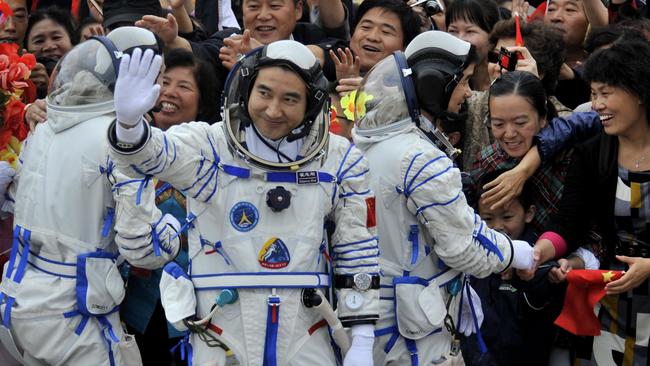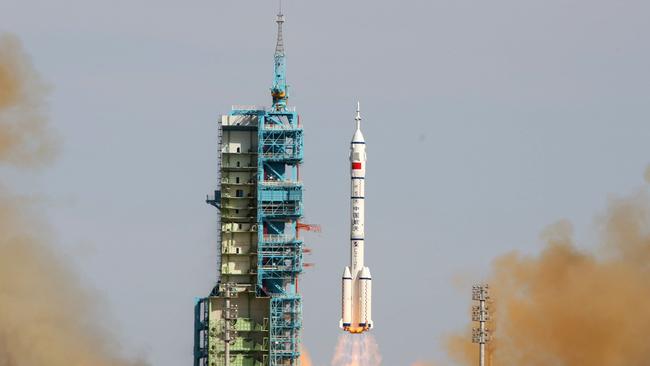China’s space operations secured for further 10 years amid SSC Australian facilities tension
China will continue to use satellites, spacecraft and transmissions from ground station antennas in Australia despite moves to boot them out of the country.
National
Don't miss out on the headlines from National. Followed categories will be added to My News.
- Military exposes Chinese spies noseying around national plans
- How COVID-19 vaccines will be delivered to Australia
China will not lose its ability to operate its satellites, spacecraft and transmissions from ground station antennas in Australia for at least the next 10 years despite moves to switch their lights off.
Beijing today sought to downplay the sudden announcement made by the Sweden Space Corporation (SSC) on Monday to end China’s use of their facilities in Australia.
The SSC cited geopolitical tensions in the Pacific for their snap decision to end contracts.
But the state-backed Beijing mouthpiece Global Times dismissed the move declaring its reliance on ground stations was lessening anyway and its Pacific capabilities remained intact.
They also revealed there was at least a decade left on the current contract for use of the Australian antenna, which had not been visited by working personnel from China for many years, and that would be allowed to run out.

China has visions of establishing a permanent space station and landing astronauts on the moon by 2030 but needs a tracking post in the Pacific and may now re-open its mothballed facility on the tiny island of Kiribati.
This will increase tensions with the US, which has long been troubled by the location since its dishes had been once pointed to the US missile testing range on Kwajalein Atoll in the Marshall Islands and not outer space.
China last used the Yatharagga Satellite Station, 350 km north of Perth and near Geraldton, in 2013 to support the three-person Shenzhou-10 mission which completed a series of space docking tests.
Citing Chinese space industry insiders, Beijing said the Australian facility played a far less important role than the Kiribati ground station on that mission.
Australian Minister for Industry, Science and Technology Karen Andrews would not buy into the controversy.

“That is a decision for the Swedish Space Corporation,” a spokesman said today.
Since at least 2011, the Swedish state-owned SSC has had contracts giving Beijing access to its antennas in Sweden, Chile and Australia but told news agency Reuters it had decided not to renew those contracts nor seek new business with China.
“The geopolitical situation has changed since these contracts were signed in the early 2000s. We have to assess where we can do business and it’s harder for us to make that assessment regarding the Chinese market now,” Anni Bolenius, SSC head of communications told Reuters.
The contracts cover weather and earth-monitoring satellites. Last year, the Swedish Defence Research Agency said in a report that China could make military use of its access to antennas at Sweden’s Esrange ground station in the far north.
The Australian antenna is located next to an SSC satellite station primarily used by the US and its agencies, including NASA. The site is owned by an SSC subsidiary, SSC Space Australia.

The expansion of China’s space capabilities, which includes the growing sophistication of its Beidou navigation network, is one of the new frontiers of regional tension.
Australia has a strong alliance with the US, including on space research and programs, while Canberra’s diplomatic and trade ties with Beijing have been fracturing.
China’s space program has been increasing its access to overseas ground stations in recent years in line with the expansion of its space exploration and navigational programs.
That was part of the reason Beijing last year re-established diplomatic ties with the small Pacific island nation of Kiribati.
